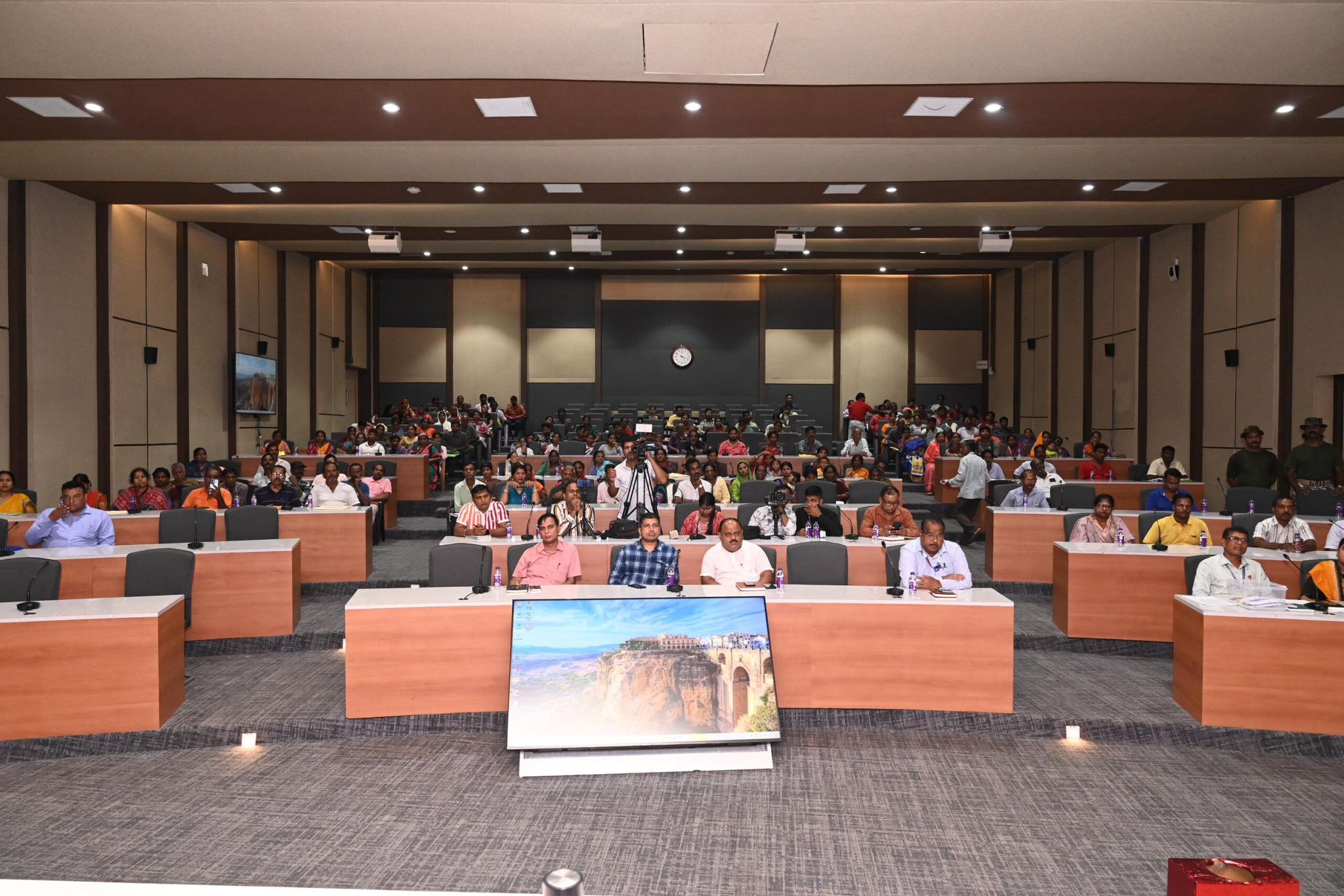In a significant stride towards inclusive urban development, 176 beneficiaries of the Affordable Housing Scheme (AHS) and AWAS Yojana in Bhubaneswar have recently received keys to their dream homes. This milestone achievement reflects the concerted efforts of the Bhubaneswar Development Authority (BDA) and state administration to provide dignified, secure, and affordable housing to economically weaker sections, slum dwellers, and low-income groups in the city.
Key Highlights: Transforming Lives through Affordable Housing
The handover ceremony marked the culmination of years of planning, construction, and beneficiary coordination under centrally and state-sponsored housing schemes.
Beneficiaries hail from various projects such as Budhabihar, Mahisa Khala, Mandapa Basti, Pathara Bandha, Ranga Matia, Nilamadhaba, and Santi Pali, representing a wide demographic spectrum.
Each unit is designed in compliance with modern standards to ensure safety, livability, and access to essential services like water, sanitation, electricity, and road connectivity.
The scheme focuses not only on shelter provision but also on upgrading quality of life and fostering community integration.
Background and Scheme Overview
The AHS and AWAS initiatives are parts of the broader Pradhan Mantri Awas Yojana - Urban (PMAY-U) mission aimed at “Housing for All.”
Under PMAY-U, beneficiaries receive financial support to either construct new houses or upgrade existing shelters with a credit-linked subsidy of approximately ₹1.5 lakh.
The scheme prioritizes marginalized communities, women-headed households, SC/ST groups, and economically disadvantaged citizens.
Bhubaneswar Development Authority has been instrumental in allocating land parcels, facilitating infrastructure development, and implementing beneficiary-led construction (BLC) models.
Process and Beneficiary Experience
Beneficiaries were selected through transparent mechanisms including lotteries and verification against eligibility criteria defined by income, social status, and living conditions.
Before allocation, extensive surveys identified households residing in slums, informal settlements, and dilapidated housing.
Recipients were guided and supported in availing subsidies, selecting house designs, and supervising construction ensuring quality adherence.
The scheme embodies a Participatory Housing Approach where beneficiaries empower themselves through direct involvement.
Social and Economic Impact
Owning a home symbolizes security, societal acceptance, and upward social mobility for low-income families, transforming their economic and psychological well-being.
Reduced overcrowding and improved sanitation positively impact public health indicators within beneficiary localities.
The scheme promotes women empowerment, as many units are registered in the name of female heads, safeguarding their rights and status.
Local construction activities have generated job opportunities in ancillary sectors, stimulating the urban economy.
Urban Development and Infrastructure Enhancement
Allocated housing clusters are integrated with essential urban infrastructure including street lighting, internal roads, drainage systems, potable water supply, parks, and community centers.
This holistic development fosters inclusive neighborhoods where residents enjoy quality urban amenities.
By resettling slum dwellers in structured housing, the city’s spatial planning and aesthetics are improved, aiding overall urban management.
Government Vision and Policy Support
The Odisha government has been proactive in embracing urban housing missions aligned with the national PMAY roadmap, extending scheme validity to December 2025 for pending house completions.
Financial and technical assistance from central and state governments accelerates the pace of affordable housing fulfillment.
Continuous monitoring mechanisms and grievance redressal systems ensure timely completion and beneficiary satisfaction.
Future Outlook
Bhubaneswar Development Authority targets completion of several thousand more houses under ongoing projects in the urban and peri-urban belts.
Replication of participatory, beneficiary-led housing models is planned for other cities in Odisha and the country.
Strengthening infrastructure linkages and integrating digital platforms for application, monitoring, and subsidy disbursement aim to enhance transparency and efficiency.
Conclusion
The successful allotment and possession of homes by 176 AHS-AWAS beneficiaries in Bhubaneswar marks a watershed moment in the city’s inclusive development agenda. It demonstrates how government schemes, when effectively implemented and community-focused, can transform lives and uplift entire neighborhoods. The dream of ‘Housing for All’ steadily becomes a tangible reality, offering hope, stability, and dignity to the most vulnerable sections of society.
Sources: Pragativadi, Times of India

